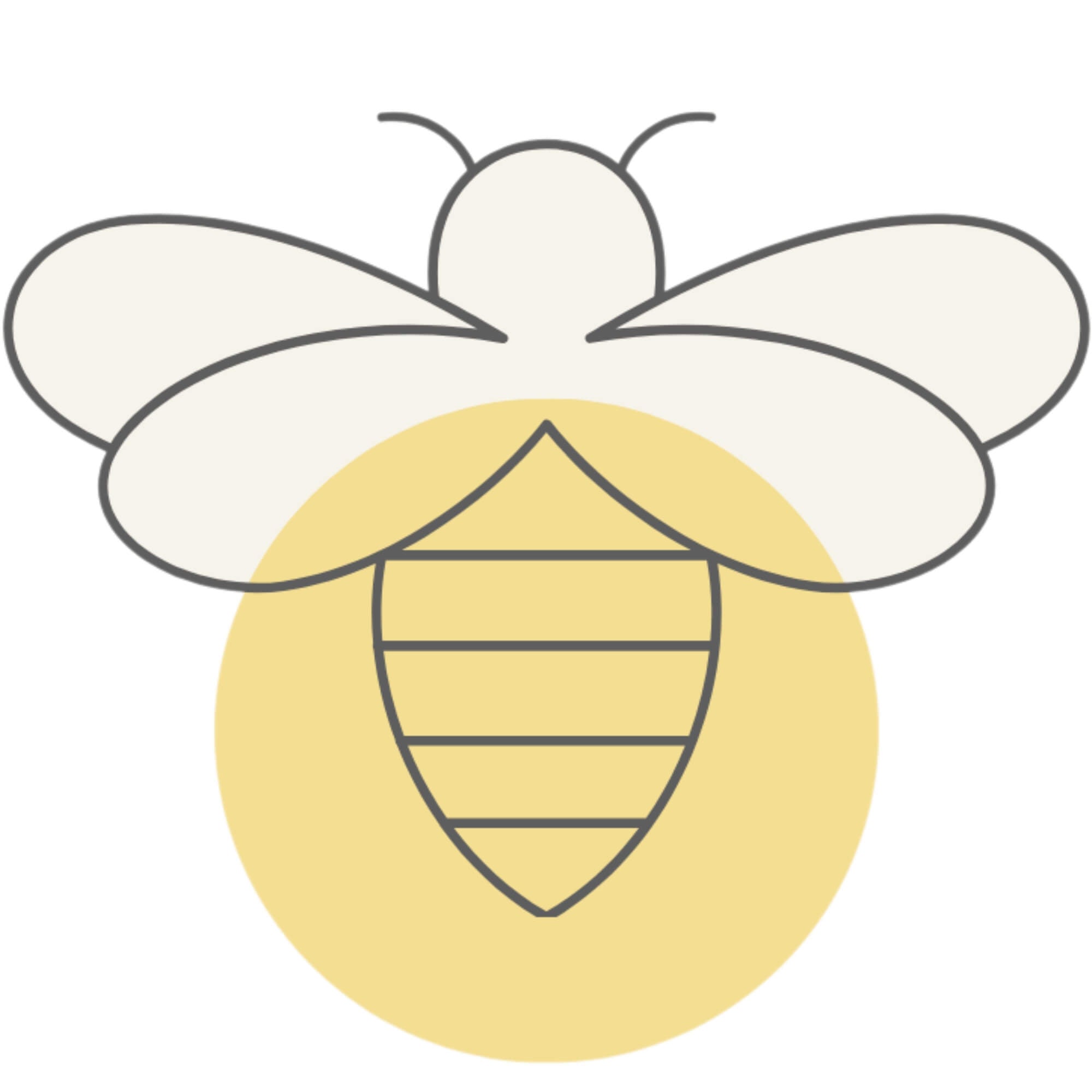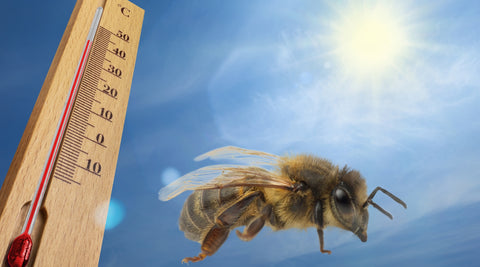As temperatures rise globally due to climate change, the impact on various ecosystems, including those of insects like bees, becomes increasingly apparent. Bees, vital pollinators crucial for the reproduction of numerous plant species, are particularly sensitive to changes in temperature. Here’s a closer look at how high temperatures affect these industrious insects.
-
Foraging Challenges: High temperatures can pose significant challenges to bees during foraging expeditions. Heat stress can lead to dehydration and exhaustion, affecting bees' ability to gather nectar and pollen efficiently. Prolonged exposure to high temperatures may force bees to forage less frequently or during cooler parts of the day, potentially reducing their overall foraging efficiency.
-
Reduced Reproductive Success: Elevated temperatures can impact the reproductive success of bees. Heat stress during critical developmental stages, such as larval growth and pupation, can lead to developmental abnormalities or even mortality. Additionally, high temperatures may disrupt the synchronization between bee emergence and the availability of floral resources, further impacting colony growth and reproduction.
-
Impact on Hive Dynamics: Bees regulate the temperature within their hives to maintain optimal conditions for brood rearing and hive activities. However, excessive heat can overwhelm their thermoregulatory efforts. High temperatures inside the hive can stress bees, leading to reduced brood survival rates and decreased overall hive productivity. Heat stress may also trigger absconding behavior, where bees abandon their hive in search of cooler environments.
-
Vulnerability to Pests and Diseases: High temperatures can exacerbate existing threats from pests and diseases in bee colonies. Heat-stressed bees may exhibit weakened immune responses, making them more susceptible to infestations by parasites like Varroa mites or infections by pathogens such as Nosema. Moreover, some pests and pathogens may thrive in warmer environments, escalating their impact on bee health and colony survival.
-
Altered Floral Phenology: Rising temperatures can also influence the timing of flowering and the availability of floral resources for bees. Shifts in floral phenology may disrupt established foraging patterns and affect the nutritional quality and quantity of nectar and pollen sources. Bees may face periods of food scarcity or encounter mismatches between their foraging schedules and peak flowering periods, further straining colony health.
The consequences of high temperatures on bee populations are multifaceted and pose significant challenges to their survival and well-being. Addressing climate change and implementing strategies to mitigate its impacts are crucial for safeguarding bee populations and ensuring the vital ecosystem services they provide. By understanding and addressing the complex interactions between temperature dynamics and bee biology, we can work towards securing a sustainable future for bees and the ecosystems they support









Comments (0)
There are no comments for this article. Be the first one to leave a message!